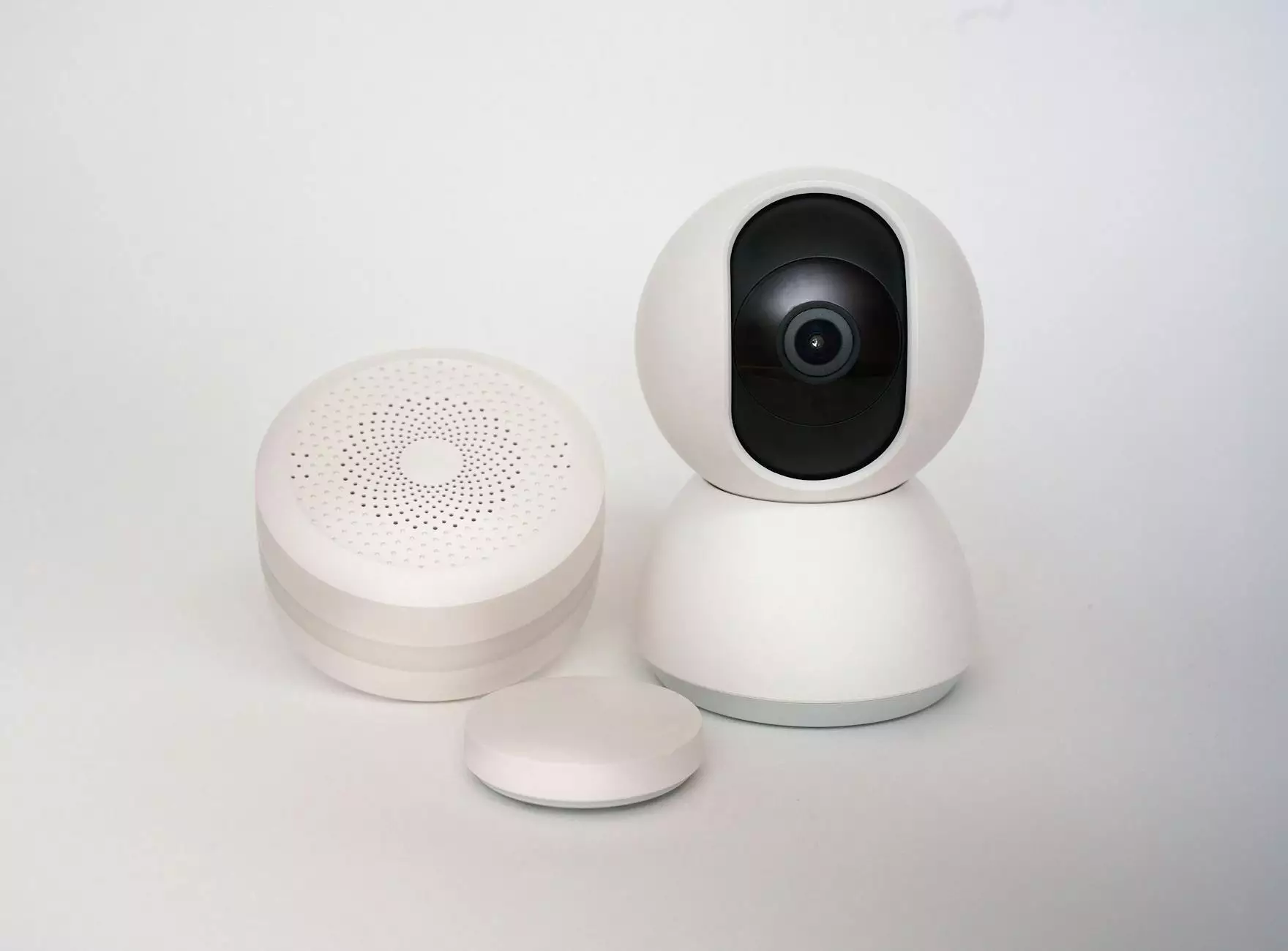Understanding Personal H2S Detectors: A Comprehensive Guide

Hydrogen sulfide (H2S) is a toxic gas that poses serious health risks in various industries, especially those related to oil and gas, agriculture, and wastewater treatment. To mitigate these risks, the use of a personal H2S detector has become essential for ensuring worker safety. In this article, we delve into the details of personal H2S detectors, their importance, functionalities, and the best practices for their use.
The Importance of Personal H2S Detectors
With the increasing need for workplace safety, personal H2S detectors play a crucial role in protecting individuals from the dangers of hydrogen sulfide exposure. H2S is not only flammable but also highly toxic, causing health issues such as:
- Respiratory problems: Even low concentrations can irritate the respiratory system.
- Olfactory fatigue: H2S can dull the sense of smell, making workers unaware of the danger.
- Potential fatalities: High concentrations can lead to loss of consciousness or death.
How Personal H2S Detectors Work
A personal H2S detector is a compact device designed to monitor H2S levels in the air and provide early warnings before concentrations become hazardous. These detectors typically feature:
- Sensor Technology: Most personal H2S detectors use electrochemical sensors that react to the presence of hydrogen sulfide.
- Real-time Monitoring: They continuously monitor the air quality, providing real-time feedback.
- Audible and Visual Alarms: When concentration levels reach predefined limits, the device emits alarms to alert the user.
- Data Logging: Many modern detectors can log data and download it for analysis.
The Applications of Personal H2S Detectors
Personal H2S detectors are utilized across various sectors, including:
1. Oil and Gas Industry
The oil and gas industry is one of the highest risk environments for H2S exposure. Workers often encounter H2S during drilling, extraction, and processing operations. Utilizing personal detectors ensures that workers are alerted to dangerous levels of H2S, minimizing health risks.
2. Agriculture
In agricultural settings, particularly in manure handling and storage, H2S can accumulate leading to dangerous situations. Personal H2S detectors help in monitoring air quality, thereby ensuring the safety of farmworkers.
3. Wastewater Treatment
H2S is also a common byproduct in wastewater treatment processes. Workers in this sector benefit from the use of personal H2S detectors to avoid toxic exposure and maintain a safe working environment.
Choosing the Right Personal H2S Detector
Selecting the appropriate personal H2S detector can significantly impact safety measures. Here are some factors to consider:
- Calibration: Ensure the device can be easily calibrated and is regularly maintained for accuracy.
- Response Time: Choose detectors with rapid response times to ensure immediate alerts.
- Battery Life: Opt for models with long battery life to minimize interruptions during use.
- Weight and Comfort: Since these devices are worn, they should be lightweight and comfortable for prolonged use.
Best Practices for Using Personal H2S Detectors
To maximize the effectiveness of personal H2S detectors, individuals and organizations should follow best practices:
1. Regular Calibration
Calibration is vital for accuracy. Schedule regular calibration according to the manufacturer’s recommendations to ensure reliable performance.
2. Routine Maintenance
Keep the detectors clean and check for any signs of wear or damage. Implement a routine maintenance schedule to prolong the life of the device.
3. Training and Education
Provide training for workers on how to use personal H2S detectors effectively. Understanding alerts, operating procedures, and the limits of detectors is crucial for maximizing safety.
4. Emergency Response Planning
Have a clear emergency response plan in place. Workers should know what to do in case of high H2S detections, including evacuation procedures.
Conclusion: The Future of Personal H2S Detectors
As technology progresses, the future of personal H2S detectors looks promising. Innovations may include:
- Smart Technology Integration: Integration with mobile devices for real-time alerts and data tracking.
- Enhanced Sensors: Development of more sensitive and reliable sensors for improved detection capabilities.
- Wearable Technology: Designing detectors that can seamlessly integrate into personal protective equipment (PPE).
In summary, a personal H2S detector is an invaluable tool for protecting workers in hazardous environments. By understanding their functionality, applications, and best practices, organizations can significantly enhance safety measures and safeguard their workforce. Investing in high-quality personal H2S detectors not only complies with safety regulations but also reflects a commitment to the well-being of employees.









